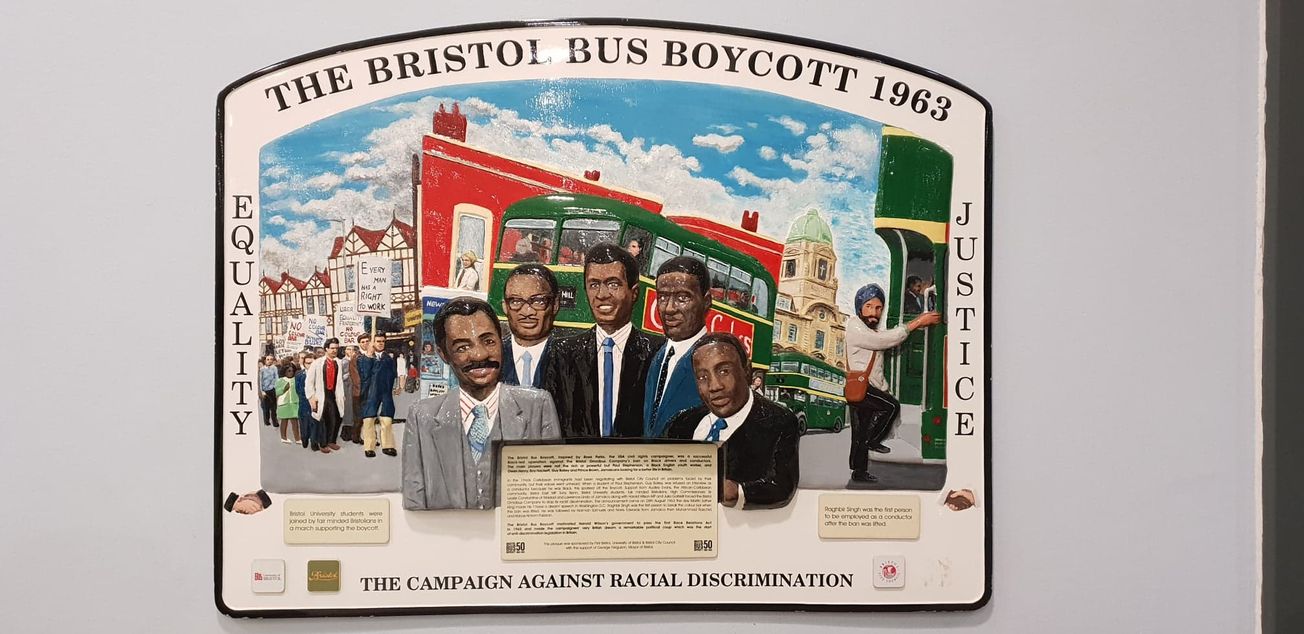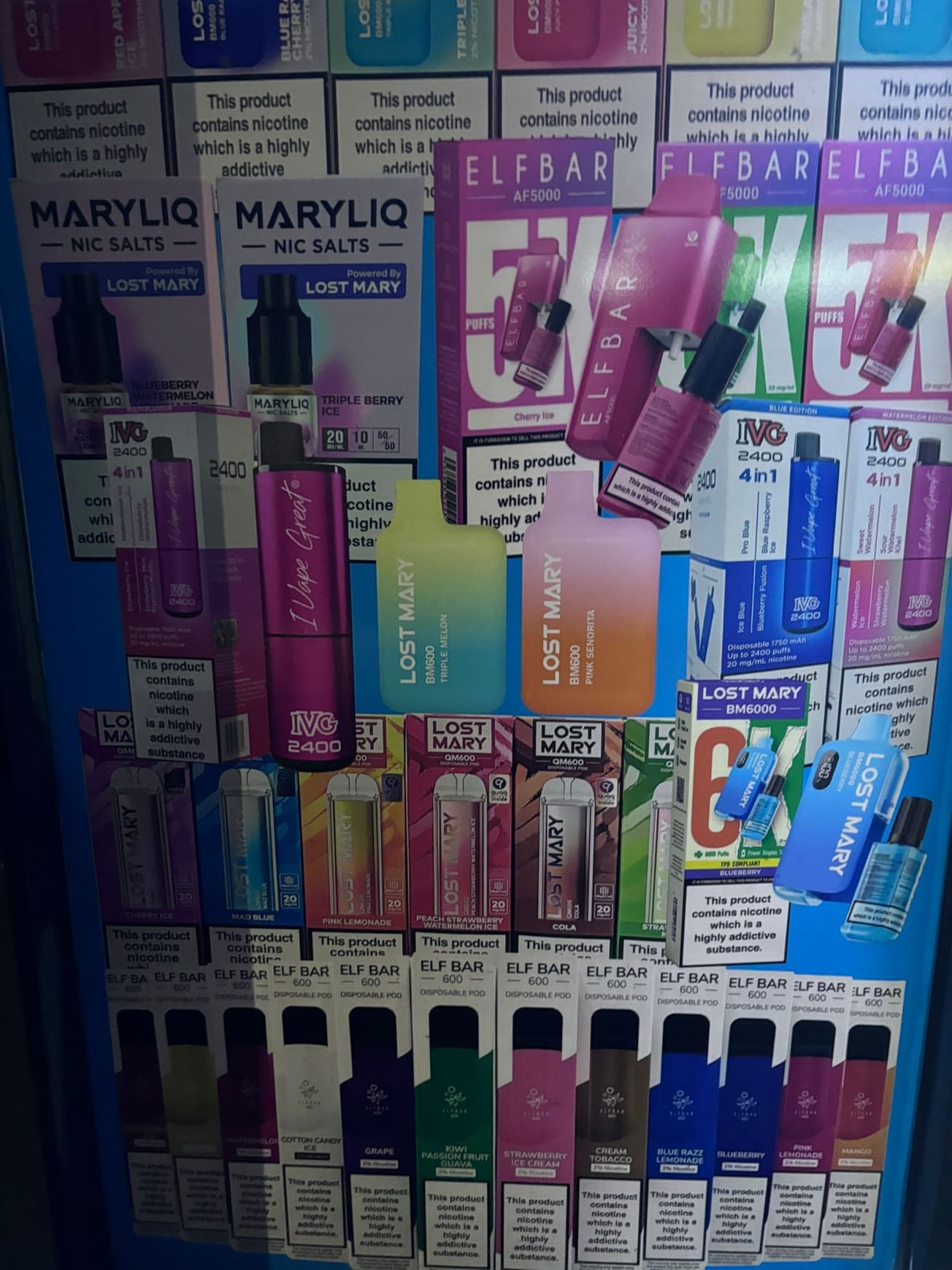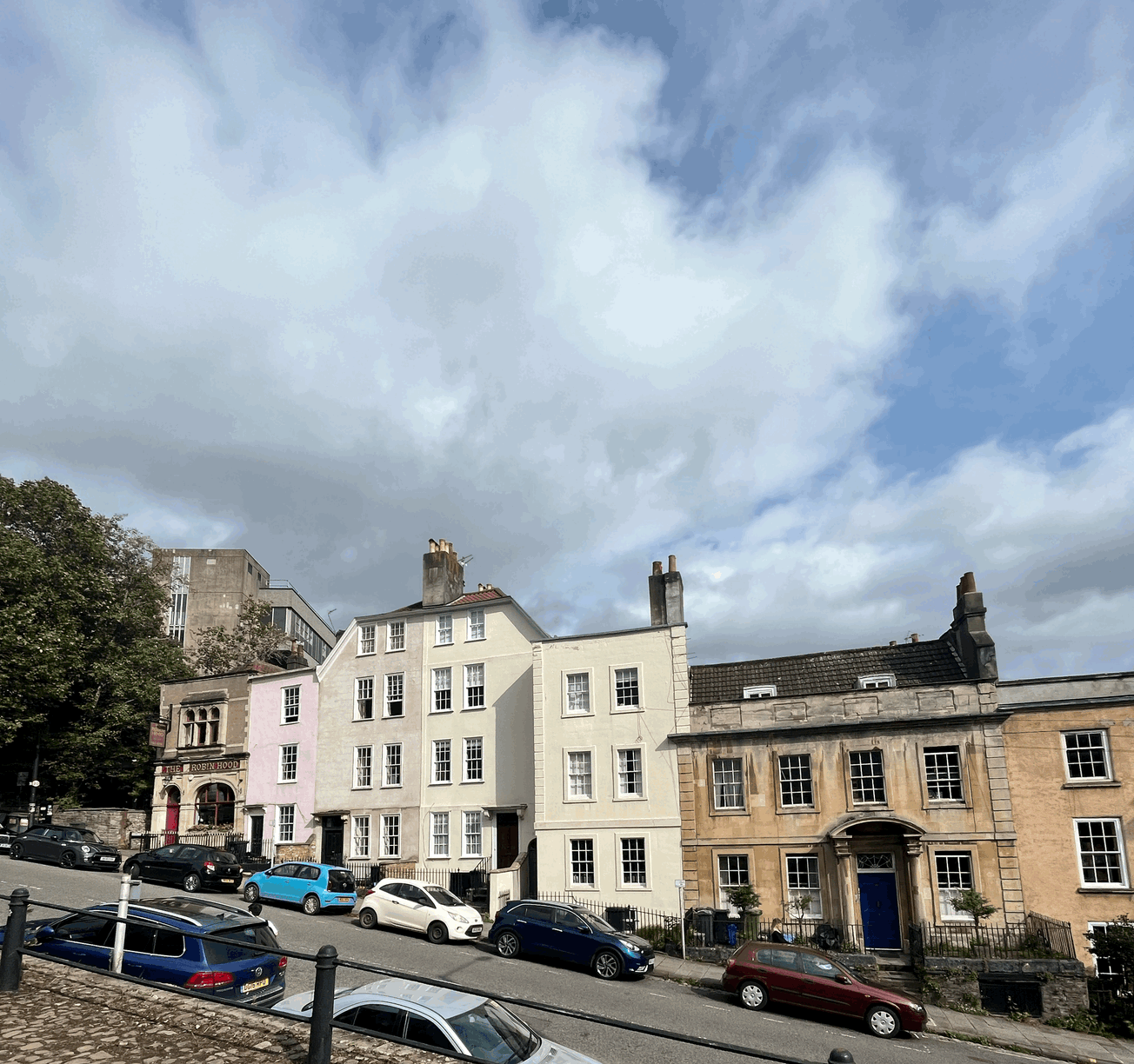By Kieran Mielek, Second Year History
As part of a regular series exploring the past of the city; Kieran Mielek examines one of the most significant protests in Bristol's history
On the 27 th of March 1963, Paul Stephenson, a 25 year old social worker, contacted the Bristol Omnibus Company about a job opening on behalf of the young Guy Bailey. Bailey was told to attend an interview for the position of conductor in a few days’ time. When the day of the interview came around, Bailey, wearing his best suit, walked up to the front desk in the company’s head-quarters. He explained why he was there to the receptionist who simply replied, ‘I don’t think so’.
‘You must be mistaken,’ replied a confused Bailey. ‘The name is Mr Bailey, check again’. After a brief discussion between the receptionist and her manager, she returned to Bailey and told him that all the vacancies were full, despite the fact that a friend of his had rung the office just an hour before and had been told there were plenty of jobs.
In reality it wouldn’t have made a difference whether Bailey was given an interview or not. He had been denied the job because of the colour of his skin. In 1963 it was legal to deny someone a job solely on the basis of their ethnicity. The Race Relation Acts that would put a legal end to this sort of discrimination wouldn’t arrive until 1965 and 1968, and whilst non-white bus drivers and conductors weren’t an unusual sight in other areas of the UK - London Transport had been sending recruitment officers to Barbados - the Bristol Omnibus Company had secretly been running a colour bar on its buses since at least the 1950s.
Bailey’s rejection however marked the start of a four month long boycott of Bristol’s buses, inspired by the Civil Rights Movement in America, particularly the boycotts in Montgomery. It ensured the veil was dragged off the racist policies of the bus company and the Transport and General Workers Union (TGWU) who had allegedly called for the colour bar to be introduced in the first place.
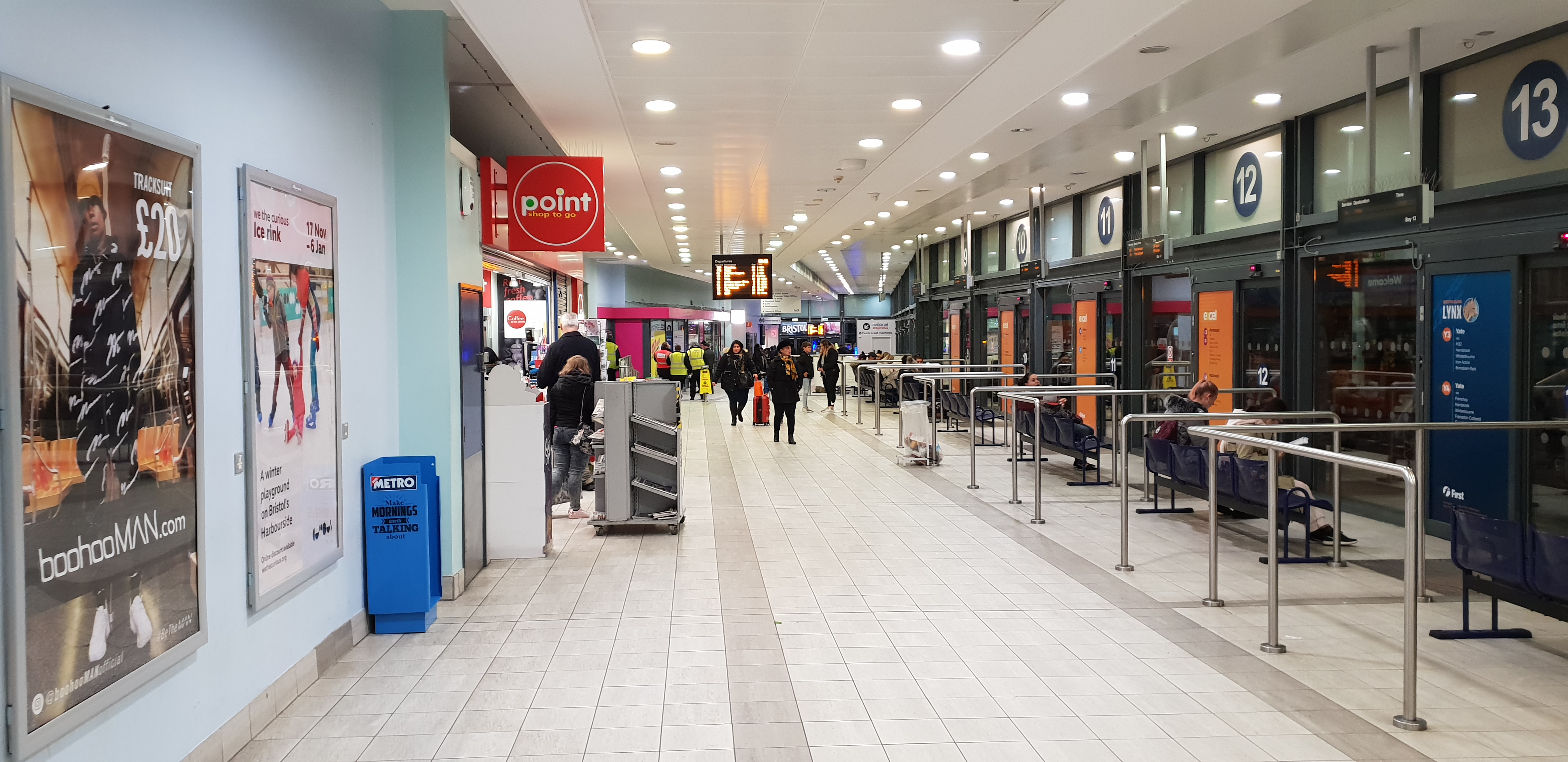
Bristol bus station today (Epigram / Ollie Smith)
Bristol’s non-white communities had been forced to contend with racism for a long time. A lack of white property owners willing to host non-white tenants meant that roughly half of Bristol’s 3000 strong black population were made to live on a few streets in the St. Paul’s area – City Road in particular, with its overcrowded and dilapidated housing had developed a sense of notoriety in the eyes of white Bristolians.
Regardless, many of Bristol’s black citizens preferred to spend their time in St. Paul’s, where they could express themselves relatively free from assaults by Teddy Boys and the day to day racism such as the ‘No coloureds, no gypsies, no Irish and no dogs’ signs that were visible in other areas of the city.
As well as this, Bristol’s black population faced an unemployment rate of almost five per cent - a shocking figure at a time when maintaining full employment rather than controlling inflation was the main priority for the government - more than double the unemployment rate of Bristol’s white population.
One writer for the New Statesmen, after interviewing West Indian people around Bristol went as far to say ‘I was left with the impression… that Bristol was a more difficult city for coloured people than others.’ The fight against the colour bar served as a symbolic battle against the state of affairs in Bristol as a whole for a significant proportion of the Bristol’s non-white community.
The boycotters favoured more direct confrontation of racism compared to the gradualism that had been favoured by the West Indian Development Council before the arrival of figures like Paul Stephenson.
The protestors faced great opposition from within the Bristol Omnibus Company, a section of the TGWU and some members of the public. I. R. Patey, the company manager justified the colour bar claiming that ‘bus services which have employed coloured labour are the worse for it … coloured men have become arrogant and rude, after they have been employed for some months’ and that employing non-whites would lead to ‘a falling off of white staff’.
For their part, the TGWU, despite openly preaching solidarity with black people in South Africa against apartheid and speaking out in favour of racial equality, was alleged to have voted in favour of the colour bar in the first place.
The Race Relations Act received Royal Assent on this day in 1965
— Historic England (@HistoricEngland) December 8, 2018
The Bristol Bus Boycott of 1963, in which young black Bristolians fought the racist employment policies of the local bus company, was highly influential on the lawhttps://t.co/HqqOFMADaH pic.twitter.com/NykLZZEfOY
Whilst Ron Nethercott, the regional secretary of the TGWU claimed that people would have no problem working alongside non-white’s, he was consistently contradicted by members of the Union who claimed that ‘the wheels on the buses would stop moving’ if non-white’s joined their ranks and those who feared that the removal of the colour bar would lower their own economic status.
As well as this, the non-white community in Bristol didn’t make up a large enough proportion of Bristol’s population to do enough economic damage to force the company to stand down. Where the bus boycott found its strength, however, was in its ability to draw the public’s attention to the problem and garner its support.
Paul Stephenson and Roy Hackett - a founding member of the West Indian Development Council - became leaders of the movement. Stephenson served as an articulate spokesman who could successfully win over the media. The mild mannered Guy Bailey, who was only 18 at the time, was a figure who people could easily look to with sympathetic eyes.
Despite initially facing heckling and racism from those who opposed the protests, those who took part in the boycott maintained a dignified public appearance, remaining non-violent throughout and stuck to Roy Hackett’s mantra of ‘not one stick, not one stone’. This resulted in a gradual turn in public opinion, members of the public reportedly harassed bus crews, taunting them by saying things such as ‘if it was a black driver we’d be on time’ or ‘oh flipping heck, if you were a black conductor you’d know where I want to get off’.
Likewise some students from Bristol University showed their support by marching from the bus station to the local headquarters of the TGWU on the 1st of May. A number of high profile figures also stepped in including Learie Constantine, the High Commissioner for Trinidad and Tobago and famous West Indian cricket player. Bristol MP Tony Benn said that ‘he would get a bike if he had to’, and Labour Party leader Harold Wilson, who would become Prime Minister in just over a year’s time, offered his support.
As support for the protest grew, those who spoke out in favour of the colour bar grew increasingly isolated, members of the TGWU for example were heckled at a trade union May Day rally for bringing shame on the movement.
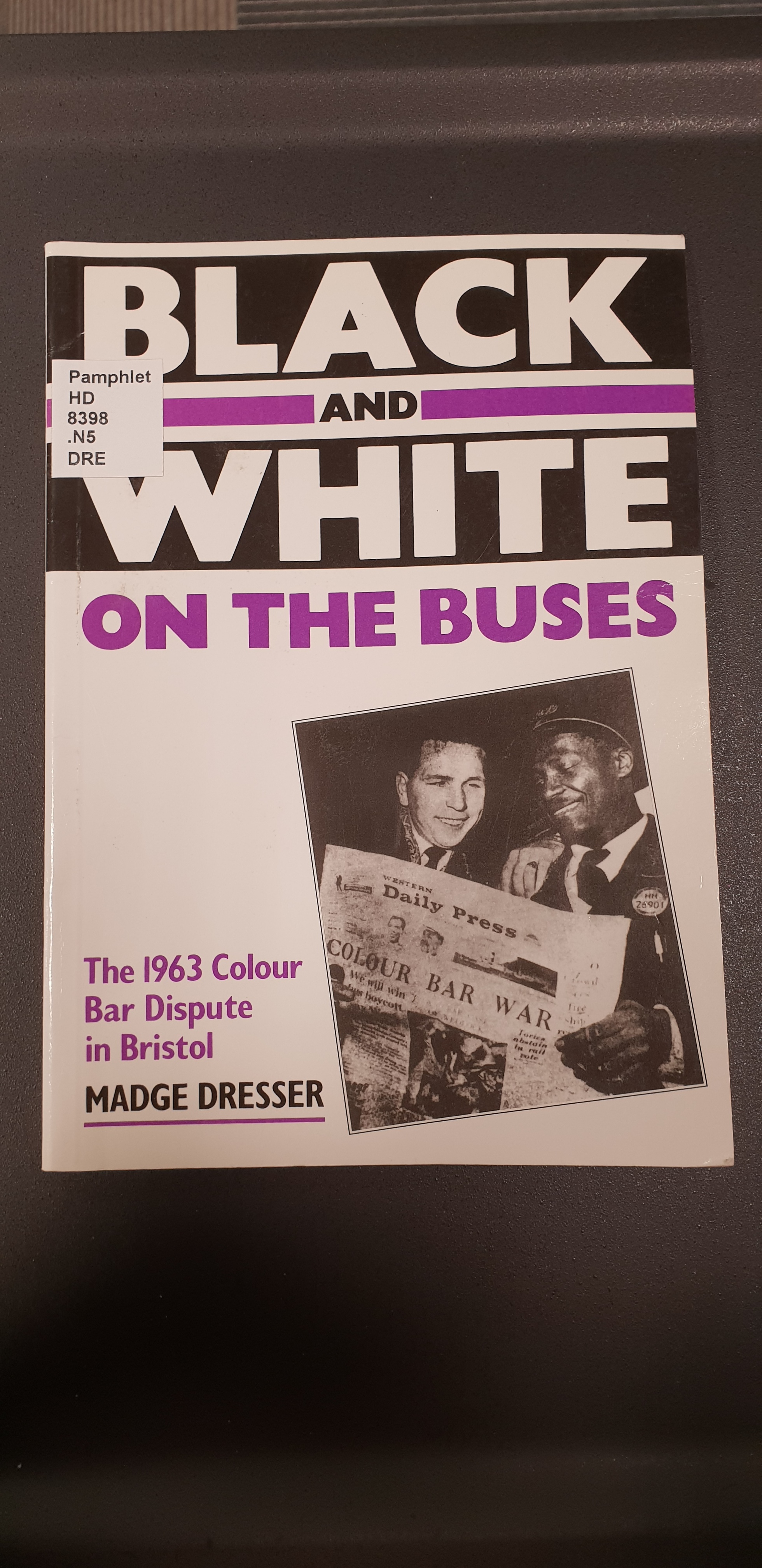
(Epigram / Ollie Smith)
In the end the Bristol Omnibus Company was forced to cave into the movements demands and on the 28th of August 1963, the same day that Martin Luther King delivered his ‘I have a dream speech’, I. R. Patey declared a change in company policy. This was the day before 500 TGWU workers had voted in favour of a motion ending the colour bar.
After 4 months the bus boycott had been successful. On the 17 th of September the company hired Raghbir Singh, a Sikh who would become Bristol’s first non-white bus conductor. Bailey, put off by his rejection and the campaign that followed, never took up a job at the company; ‘I felt unwanted, I felt helpless, I felt the whole world had caved in around me. I didn’t think I would live through it… but it was worth it’.
For their part in the protest, Stephenson, Hackett and Bailey were all awarded with OBEs and the movement is considered to be a key influencing factor behind the introduction of the Race Relations Acts of the Wilson government.
Today the memories of the boycott have faded from the popular consciousness, despite Paul Stephenson’s continued campaigning against racism and injustice.
Records of the Bristol bus boycott are few and far between, the Bristol Omnibus Company destroyed its records every five years and the TGWU (now Unite) lost their records from the period although they have acknowledged their role, issuing a public apology in 2013.
The story of the Bristol bus boycott will always serve to rally and inspire those who battle against the inequalities that exist today.
The actions of Paul Stephenson, Roy Hackett, Guy Bailey and the countless other protestors who fought for change have not been forgotten.
Featured image: Epigram / Ollie Smith

